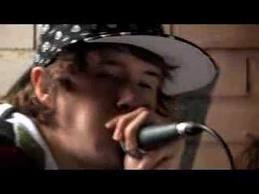So people, I'm back, today we'll learn all about
Drum and Bass [DNB, Drum 'n Bass, or D&B].
Drum and bass is one of the electronic dance music genres which got birth in the mid 1990s. The genre is characterized by fast breakbeats (typically between 160–190 bpm), with heavy bass and sub-bass lines.
Drum and bass began in United Kingdom in early 1990s. Over the first decade of its existence, the incorporation of elements from various musical genres led to many permutations in its overall style.
In the late 1980s and early 1990s, a growing nightclub and overnight outdoor event culture gave birth to a new electronic music style called Rave music, which, much like hip-hop, combined sampled syncopated beats or breakbeats, other samples from a wide range of different musical genres and, occasionally, samples of music, dialogue and effects from films and television programmes.
This subgenre was known as "hardcore" rave but from as early as 1992, some musical tracks made up of these high-tempo break beats, with heavy basslines and samples of older Jamaican music, were referred to as "jungle techno" and later just "jungle", which became recognised as a separate musical genre popular at raves and on pirate radio in Britain. It is important to note when discussing the history of Drum n Bass that prior to Jungle, rave music was getting faster and more experimental. Professional DJ & Producer C.K. states, "There was a progression as far as the speed of music is concerned. Anyone buying vinyl every week from 1989 to 1992 noticed this."






